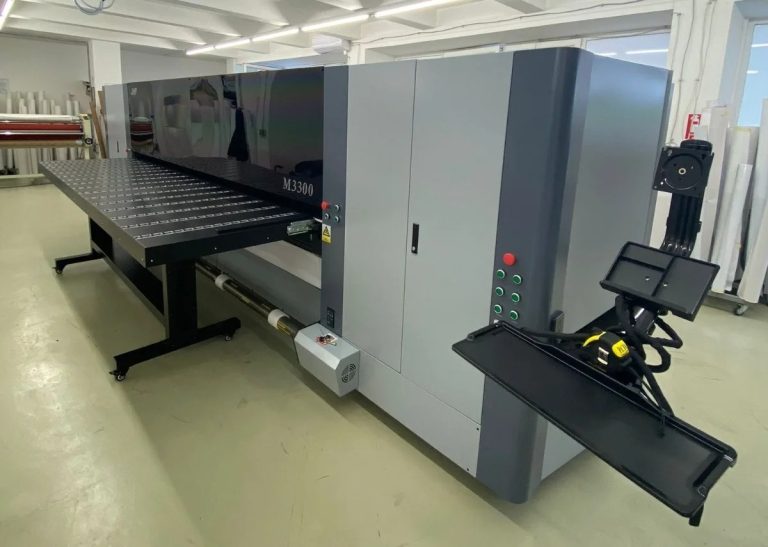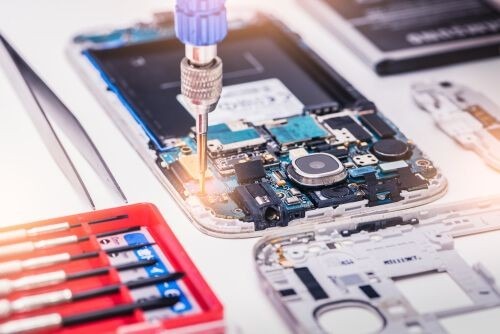
These days, data centers are crucial to enterprises. They support tasks including cloud service provisioning, heavy data storage, and the execution of critical applications.
But, well, do you know that behind the scenes, data center switches are the true heroes?
These unique gadgets aid in traffic management and ensure that everything in the data center operates without a hitch. Data center switches function as the network’s “secret sauce,” so to speak.
This article will discuss six innovative methods by which data center switches improve network performance. They improve reliability, efficiency, and speed of operation.
We’ll discuss high bandwidah, minimal latency, and advanced security measures. Now, let’s see how these switches contribute to the enhancement of datda centers!
- High Bandwidth and Low Latency
Data center switches allow for faster networks by providing a great deal of bandwidth and reducing latency. Data can move from a server to a storage device with relative ease because they are capable of handling fast connections like 400 or even 100 Gbps.
Running data-intensive programs such as big data analytics, artificial intelligence, and virtual reality requires this to handle extensive data. Latency can be described as the time it takes for the data packets to travel between two or more places.
Some of the areas that would require reliability and speed are gaming and stock markets, and hence, data center switches are developed with these features.
- Advanced Traffic Management
To ensure that your network functions as efficiently as possible, traffic management is crucial. Excellent features on data center switches, such as traffic shaping and quality of service, can help with this.
These technologies ensure that bandwidth is used efficiently and that critical traffic is routed first. QoS enables administrators to prioritize traffic so that critical applications receive the necessary internet speed without delay.
Voice and video traffic, for example, might be prioritized above other data kinds that require less time to process. This ensures seamless media streaming and communication.
However, traffic shaping aids in managing data flow, preventing overcrowding on the network, and maintaining optimal system performance.
- Scalability
In today’s data center networks, scalability is crucial. A company’s network must expand as it grows and requires more data. Because data center switches are so adaptable, you can add more switches and devices without damaging the ones currently there.
Spine-leaf architecture is one of the many configurations that scalable data center switches may operate with. In large data centers, these structures are practical.
A spine-leaf architecture connects servers and storage devices using leaf switches, while spine switches handle the high-speed connections in the backbone. More extensive data centers may be easily added to while maintaining optimal network performance.
- Enhanced Security Features
Since network security is paramount in data centers, data center switches are equipped with many useful functions. They encrypt data and protect it from hackers by using sophisticated security protocols like TLS and SSL.
Additionally, data center switches have valuable features like port security and access control lists (ACLs) to restrict network access and prevent malicious activity. ACLs allow network administrators to set rules that control traffic flow based on IP addresses and port numbers.
To protect the network from cunning hackers, port security helps identify and turn off devices that shouldn’t be connected to it.
- Automation and Programmability
There is a lot of reliance on software and program controls in the running of data centers all over the world. Several parameters make data center switches distinct switch hardware platforms that can be managed through software and APIs.
This implies that it can perform some activities such as changing settings, updating software, and monitoring the network from a distance. As a result, errors are less likely to occur, and work becomes more methodical and organized.
Another advantage is related to software-defined networking, which can be translated simply as when the control of such a network is divided from the data transmitted by it.
This makes it possible for the network administrators to run the network, tune some aspects of it, and, in the process, ensure security – all of which can be considered positive signs for a network to display.
- Energy Efficiency
Energy efficiency is a major concern for data centers because power consumption can be costly and detrimental to the environment. Data center switch has specific components and aspects that allow it to be power efficient without being slow.
New technologies, such as Energy Efficient Ethernet (EEE), allow switches to reduce power consumption when the network is not utilized. Smart cooling techniques and power-saving technologies also make switches more effective and efficient.
Switches for data centers can save money and the environment when they reduce their usage of power.
Bottomline
Data center switches are crucial in how well modern data centers work. They help ensure data can move quickly and reliably, manage traffic effectively, and more. This is important because data centers need to keep up with the needs of today’s data-heavy world.
Getting top-notch data center switches can help companies improve their networks, handle essential programs, and help their business grow. As technology keeps changing, data center switches will become even more critical for making networks run smoothly, so they’re a vital part of any data center setup.







